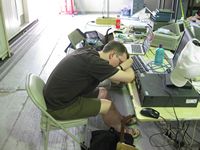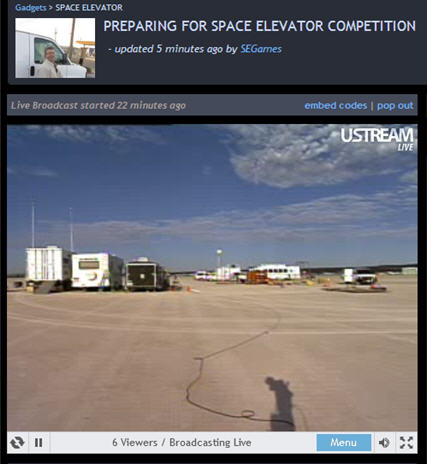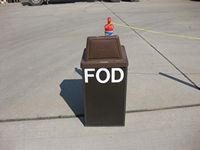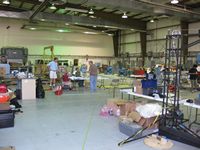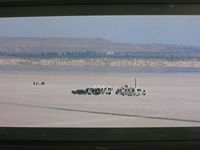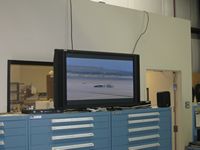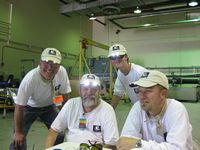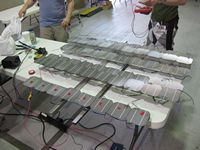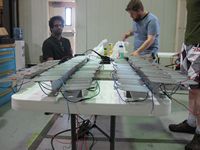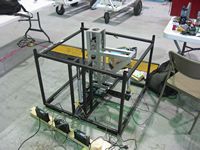 It appears that I was wrong (or at least premature) when I wrote back on August 6th “Please note that only 3 teams. USST, KCSP and LaserMotive, have qualified at this point to compete for the NASA-sponsored prize money. I do not believe that any other teams will be added to this mix in the future as the qualification window for the Climber / Power-Beaming competition is now closed.” During this time period where changes were being made to the raceway, the team from the National Space Society (NSS) has been furiously working on their climber, hoping against hope that they could somehow qualify in time for the competition.
It appears that I was wrong (or at least premature) when I wrote back on August 6th “Please note that only 3 teams. USST, KCSP and LaserMotive, have qualified at this point to compete for the NASA-sponsored prize money. I do not believe that any other teams will be added to this mix in the future as the qualification window for the Climber / Power-Beaming competition is now closed.” During this time period where changes were being made to the raceway, the team from the National Space Society (NSS) has been furiously working on their climber, hoping against hope that they could somehow qualify in time for the competition.
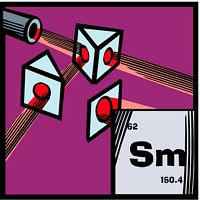 It appears that this may now be a possibility. Next Monday and Tuesday, October 12th and 13th, the team from NSS will be at the TRUMPF facility in Plymouth, Michigan, testing and validating their Climber and power-control system. Personnel from both Spaceward and NASA-Dryden will be there too, along with yours truly.
It appears that this may now be a possibility. Next Monday and Tuesday, October 12th and 13th, the team from NSS will be at the TRUMPF facility in Plymouth, Michigan, testing and validating their Climber and power-control system. Personnel from both Spaceward and NASA-Dryden will be there too, along with yours truly.
I haven’t been able to make either of the previous two new raceway tests and that was a major bummer for me, so I’m really glad to be able to make this set of testing.
If NSS passes this set of tests, they will be fully qualified to compete. And, regarding the actual competition itself, the actual date for this will be announced very soon (really, truly, trust me) and the competition will be soon, too. The raceway is all ready – now it’s just a matter of scheduling the logistics of NASA, Dryden and TRUMPF. The three (or maybe now four) teams are also ready.
I’ll be blogging and Tweeting from the TRUMPF facility and will post a wrap-up afterwards. Also, I’m sure Ben will be updating us on events over at the official site of the Space Elevator Games.
Stay tuned!

 On the
On the 
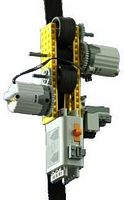
 The raceway is READY – now it’s just down to scheduling. When can we get the venue, when can TRUMPF bring their laser and when can the teams finalize their schedule so that this can all happen?
The raceway is READY – now it’s just down to scheduling. When can we get the venue, when can TRUMPF bring their laser and when can the teams finalize their schedule so that this can all happen?
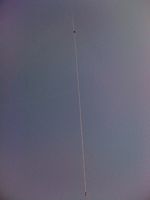

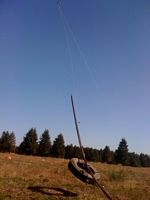
 I received this email from Brian Turner, captain of the
I received this email from Brian Turner, captain of the  Wish us luck, and I really hope it goes well because this is starting to feel like a pregnancy that has gone well past term. Even for an elephant we are past due.
Wish us luck, and I really hope it goes well because this is starting to feel like a pregnancy that has gone well past term. Even for an elephant we are past due. One of the many challenges in the Climber / Power-Beaming event of the Space Elevator Games is keeping the helicopter that holds up the steel cable raceway in the proper position. Keith Mackey, the aviation consultant that Ben hired to assist in all-matters related to the aircraft had devised a GPS-based system to be used by the helicopter pilot for this purpose. Sadly, the original pilot hired by Spaceward proved unwilling to use this system and this contributed greatly to the failure of the initial testing.
One of the many challenges in the Climber / Power-Beaming event of the Space Elevator Games is keeping the helicopter that holds up the steel cable raceway in the proper position. Keith Mackey, the aviation consultant that Ben hired to assist in all-matters related to the aircraft had devised a GPS-based system to be used by the helicopter pilot for this purpose. Sadly, the original pilot hired by Spaceward proved unwilling to use this system and this contributed greatly to the failure of the initial testing.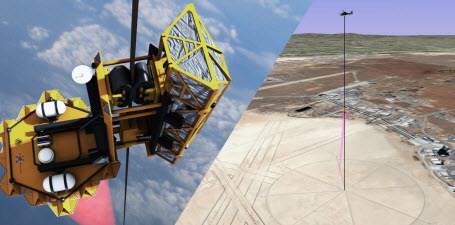 Yes I know, I haven’t posted in several days. There’s just not much going on right now in the Space Elevator ‘world’ that is visible right now.
Yes I know, I haven’t posted in several days. There’s just not much going on right now in the Space Elevator ‘world’ that is visible right now. I don’t want to go into all of the details of the new system – I’ll let Ben do that on his
I don’t want to go into all of the details of the new system – I’ll let Ben do that on his  What does the above screenshot (which I absolutely LOVE) have to do with the Japan Space Elevator Games? Bear with me…
What does the above screenshot (which I absolutely LOVE) have to do with the Japan Space Elevator Games? Bear with me… On December 5th and 6th of this year, EuroSpaceward will hold it’s
On December 5th and 6th of this year, EuroSpaceward will hold it’s 

 And, on the
And, on the 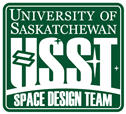 Finally, USST did
Finally, USST did 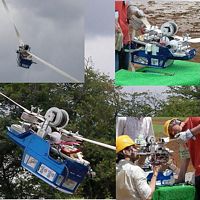




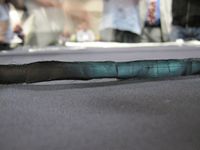
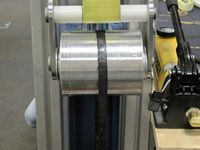

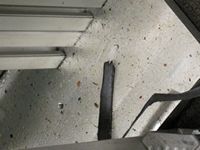
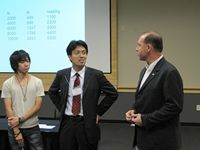

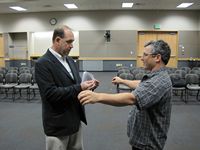
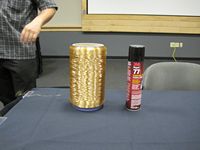
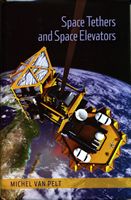 Michel Van Pelt has written a new book; Space Tethers and Space Elevators available at
Michel Van Pelt has written a new book; Space Tethers and Space Elevators available at  And,
And,  On August 8th and 9th, at the Nihon University Department of Science and Engineering at Kanagawa University, the first JSETEC (Japan Space Elevator Technical & Engineering Competition) competition will be held. This event is hosted by the
On August 8th and 9th, at the Nihon University Department of Science and Engineering at Kanagawa University, the first JSETEC (Japan Space Elevator Technical & Engineering Competition) competition will be held. This event is hosted by the 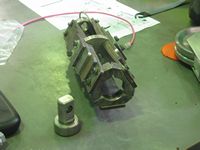
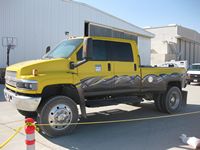
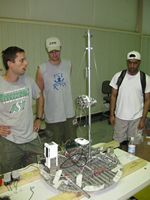 When I visited their work area yesterday, their climber was mostly assembled – you can see it here. However, you’ll note that they have nothing on there to hold payload (at least I didn’t recognize anything that could be used as such). When I asked what they were going to use (last year they had some tubes mounted to their climber), I just got some smiles and an offhand comment about “we’ll have something”. I’m sure they will.
When I visited their work area yesterday, their climber was mostly assembled – you can see it here. However, you’ll note that they have nothing on there to hold payload (at least I didn’t recognize anything that could be used as such). When I asked what they were going to use (last year they had some tubes mounted to their climber), I just got some smiles and an offhand comment about “we’ll have something”. I’m sure they will.